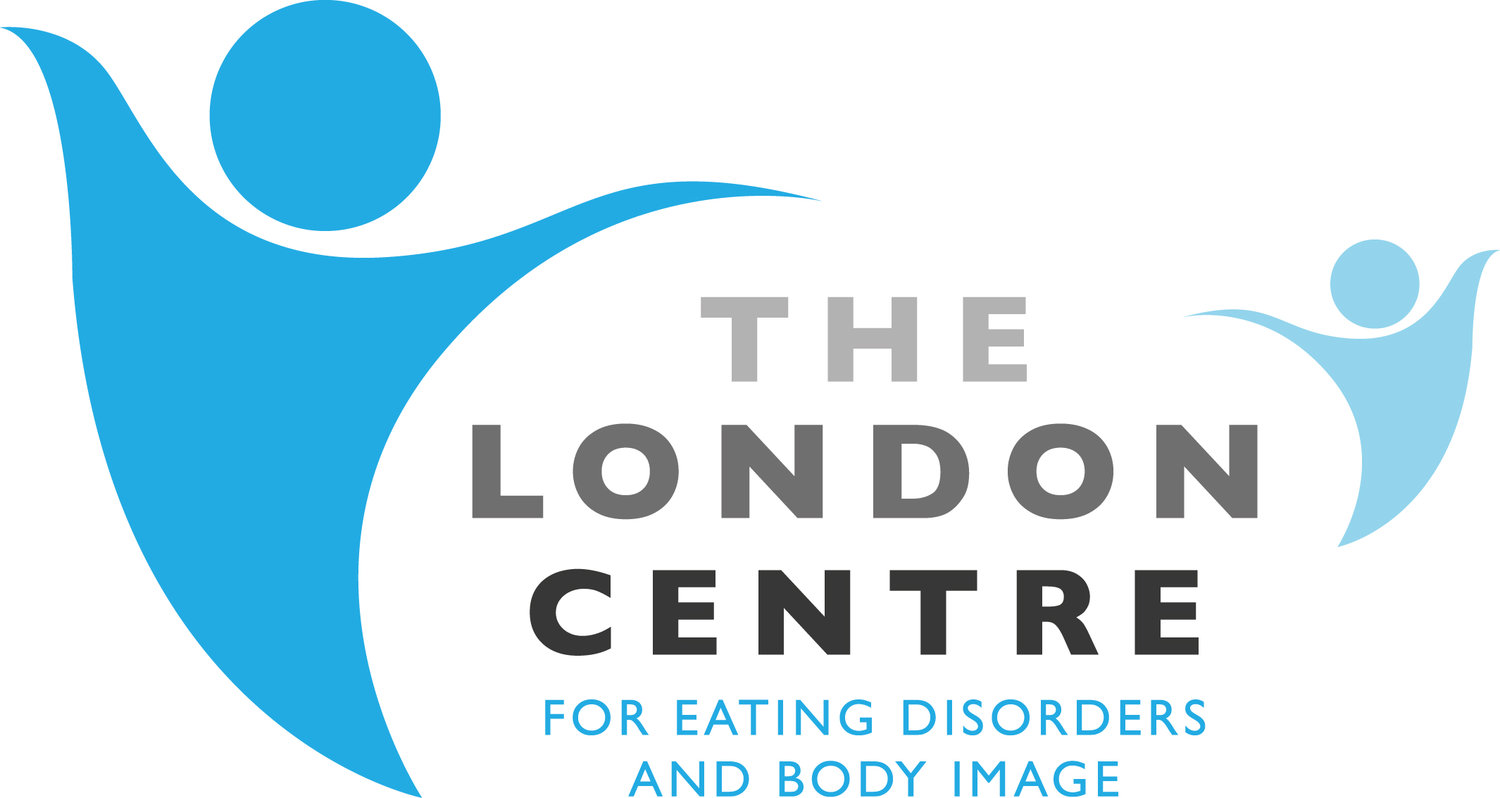Self-monitoring in CBT
Self-monitoring is a key component of CBT for eating disorders. You will be asked to start keeping a daily record of your food and fluid intake, physical activity (if relevant), and disordered eating symptoms (e.g. bingeing or vomiting), as well as the situations, thoughts and emotions that you had at the time you were eating or exercising. Recent research has shown that people who begin using self-monitoring early in the change process have the most positive outcomes. This is because self-monitoring allows people to have the most accurate picture of how the disordered eating keeps itself going and how it can be changed.
The purpose of this self-monitoring is two-fold. Firstly, it helps you identify any patterns in your eating. You might notice that certain situations, foods or emotions frequently trigger eating disordered behaviours. You and your therapist can then consider ways of dealing with this. Secondly, it helps your therapist offer you support and advice around your food and exercise. Often people have heard “myths” around food or eating patterns which feed into the eating disorder - for example believing they should avoid certain food groups, or avoid eating after a certain time. By looking at your food diaries, you and your therapist can identify what rules you’ve developed and explore whether or not they are true and whether they are working for you.
There is an example self-monitoring sheet included below or you could try using the app ‘Recovery Record’ instead. Remember, it takes time to form a new habit, and self-monitoring is no different. Your therapist will support you to get in the habit of self-monitoring early in treatment, and your persistence with this will go a long way towards helping you achieve a full and sustained recovery.
If the idea of self monitoring makes you extremely anxious, always raise this with your clinician. It may be appropriate to make certain adaptations to self monitoring to make it easier for you, or it may be that a different treatment approach is more suited to you. Your clinician will always be happy to think very carefully with you about any aspects of treatment that you feel uncertain about.
WHY IT IS IMPORTANT TO MONITOR YOUR EATING
Christopher Fairburn (1995)
Maybe you have kept food records before, and it has not helped. In fact, it is most unlikely that you have monitored in the way we recommend in treatment. Please try to keep an open mind.
Monitoring sounds like a great chore. You might feel that you are too busy or that your lifestyle makes it impossible. It is certainly true that monitoring is difficult for some people, but I have never encountered anyone whose lifestyle made it truly impossible for him or her to monitor. Your willingness to monitor is one test of your commitment to change.
The shame you feel over your eating may make you unable to confront the problem in this way. If you feel like this, monitoring may indeed be particularly difficult. Nevertheless, if you are to overcome your eating problem, it is best to face up to it.
You may feel that monitoring will make you even more preoccupied with your eating than you already are. To an extent this may be true, but the preoccupation will be more constructive because it will be focused on how to overcome the eating problem.
How to complete food diaries
Column 1: Note the time when you eat or drink anything. Please try your best to be accurate.
Column 2: Record exactly what you eat and drink, including any binges. Leave nothing out. Do not record calories. Instead, write down a simple description of what you eat and drink. Write down each item as soon as possible after you eat it. Trying to recall later what you ate or drank some hours earlier is not a good idea since it is unreliable and will not help you change. The importance of monitoring at the time of eating cannot be overemphasised. For example, if you are out for a meal, it is sometimes sensible to record between courses, perhaps by going to the bathroom to get some privacy. Only in this way will monitoring help you change.
Column 3: Specify where you consumed the food or drink. If in your home, specify the room.
Column 4: Place an asterisk in this column opposite the food items that you felt at the time were excessive and where you felt a loss of control. Binges will therefore be represented by a chain of asterisks.
Column 5: Record if and when you vomit or misuse laxatives and diuretics.
Column 6: Use this column somewhat like a diary. You should note anything that influences your eating. For example, whenever you put an asterisk in column 4, you should record in column 6 the circumstances at the time to identify triggers for the episode of excessive eating. Perhaps you had just had an argument with someone and were angry. Or you may have been under social pressure to eat. Also use column 6 to record your weight each time you weigh yourself.

